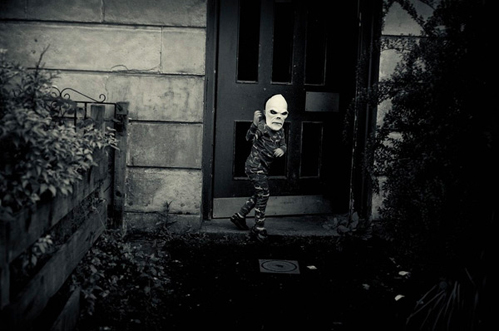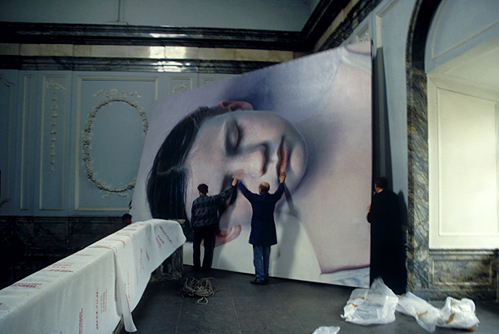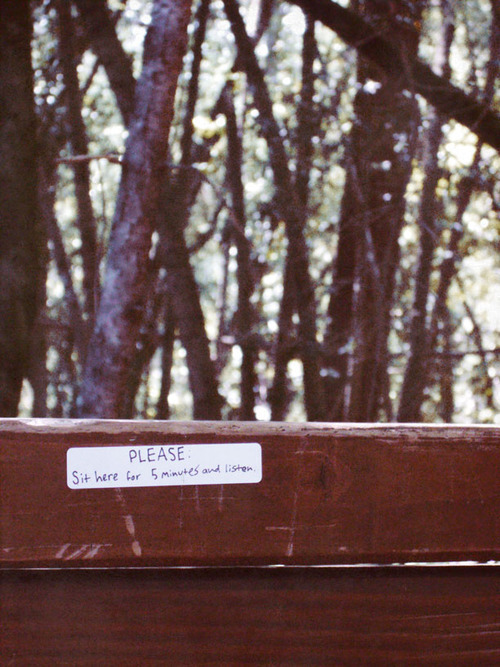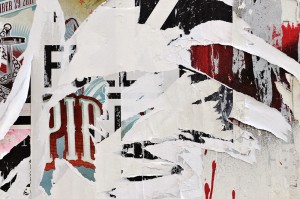Notes on a talk given by Michael Stone at Centre of Gravity, July 24, 2012
Both Sides
Physical pain can’t really be separated from emotional or psychological pain. And the pain of grieving, or the break up a relationship, also has a physical component. We’re going to look at pain holding both sides.
Physical pain can’t really be separated from emotional or psychological pain. And the pain of grieving, or the break up a relationship, also has a physical component. We’re going to look at pain holding both sides.
Sometimes people feel stuck in their lives. There is pain that rises up out of our lives like heat waves from the pavement. There’s a reliable pain that’s not your fault. When we learn to be with our pain we are learning where we can meet others in their place of pain.
Baby
There’s a man in line at the grocery store and he’s in a hurry, like all of us, he’s an important person and he’s hasn’t got time to fool around, to waste time in line-ups. He checks out the other cashier lines and he thinks no way, I’m heading for the express lane. And then the cashier arrives, and she’s carrying a cash tray and a baby. That’s right, a baby. He’s annoyed, he’s waiting for her to swap out the cash trays, and reset the register, and then she has to count the cash. She turns to him and asks, “Could you hold him for a second?” So there he is, his anger rising, and he’s holding her baby, and then she asks, “Do you like him? My husband died in Afghanistan, so my mother looks after him while I’m here at work, and once each day she brings him in so that I can see him.” He can feel his anger, his pain, draining away as she says the words. All of a sudden it isn’t her over there, and me over here. All of a sudden her words are doing the work of the present moment, they’re bringing us together, they’re a reminder of how we’re really in the same boat.
Could we meet each other this way? We all have bodies, and everywhere except for Southern California bodies age and die. Pain is inevitable. Can we listen to each other from the places in our lives where we have been stuck, and know how to work with our pain, and stay open enough to listen?
Pain Meditation
The following text is derived from a death and dying retreat by Joan Halifax, and then amended twice by Michael.
Meditation: Transforming Pain Through Awareness
Instruction for the facilitator:
Remember why you are practicing:
To help others and yourself
Let your heart open to this aspiration
Gently bring your attention to your breath.
Let the breath settle and become even and regular.
Take as much time as you need to settle the breath.
Now bring your breath deep within your body.
When you breathe in, the belly rises.
Breathing out, the belly falls.
Gently merge your awareness with your breath,
As your body relaxes.
Let the breath be deep in your body.
Give yourself time to bring together your attention and your breath.
Do this for ten breaths.
When you breathe in, let the breath nourish you.
When you breathe out,
Softly say the sound “ah” as though you were sighing.
Let the body relax as you practice.
Continue this for at least ten breaths.
Now, with your mind, explore the sensation of pain.
Is it sharp or dull, pulsating or penetrating?
Is it focused or does it spread out from its source?
Let yourself explore the sensation, intensity and quality of the pain.
Feel objective about your exploration of pain,
Not judging or fearing it, if possible.
Give yourself time to really explore your pain.
On the in-breath, bring warmth to your pain.
On the out-breath, soften to your pain, accepting your pain.
As you do this, be aware of any change in the pain sensation.
Do this for at least ten breaths.
Now gently bring your awareness to your whole body.
Moving out from your pain, let your awareness fill your whole body.
Bring your breath and attention to the entire body.
Be open to how your body is feeling
Notice if there is resistance or fear.
Accept your feelings as you accept whatever your body feels like.
Take time to be with your body.
Let your awareness flow out to your surroundings.
Gently accept whatever your experience might be.
Rest for a while with this expansive awareness.
Breathe in the world around you.
Breathe out into the world around you.
Let a feeling of boundlessness arise within you as you breathe.
When you are ready to complete the practice
Send whatever good that has arisen to others.
Notes
This practice moves from an awareness of the breath, to become concentrated and identified with the breath, and then to move that concentration towards a place of pain, without judgment, and then to expand outwards, across the entire surface of the body, and then to the environment. Attention moves from a narrow spot of awareness to a field that includes everything.
The facilitator begins by speaking from a place of their own pain. There may be only a short window available for this practice, and it may be surrounded by the sounds of others, or machines, or various uncontrollable environmental distractions. That’s OK.
If someone is in great pain just getting them to settle into the breath may be more than enough. Just to have them find the inhale and exhale is so much. When the body shrinks away from its experience, when it tries to move away from the pain, it contracts, and the breath also contracts.
It might be useful to have them put their hands on their belly, to watch the hands and belly rise and fall, to produce the visible sensation of the breath.
Most people when they are in pain tend to judge themselves. He left me: that’s why I feel so bad right now. Or else they fear the pain (I can’t stand it, it’s too much, I won’t be able to survive it).
Often people with chronic pain are trying to separate themselves from the sensation, and this creates an energetic feedback loop that increases pain. Sometimes it can be difficult, even surprising, for them to locate exactly where the pain is, and the nature of the pain.
Opening to the sound of the room means opening to the way our lives are unfolding right here, right now. Sound is not a distraction, it is just what is arising.





